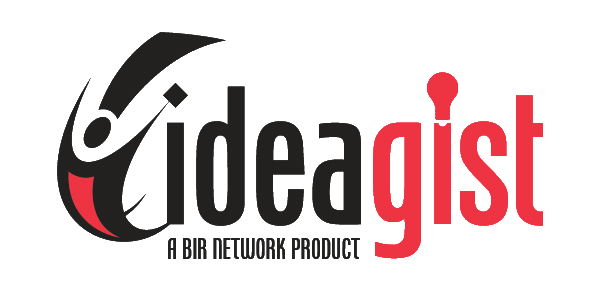Guest blog by Pascal Finette
Are you wasting time optimizing the wrong thing? Talking to the wrong customers and partners? Measuring the wrong metrics?
Recently I was asked to look at a friend’s business and provide some candid feedback. He has a strong vision for where he wants to go and what the business should look like. And I would argue that he even has a decent plan to get there.
And yet – when I looked at his business it all didn’t make much sense. It looked to me like his vision was lost in translation.
His team was doing what they thought were the right things but they weren't capturing what he envisioned. The team’s actions in isolation made perfect sense – just not in conjunction with everything else and not in light of the bigger vision. People spent time optimizing for the wrong things, talking to the wrong customers and partners, measuring the wrong metrics.
Here are 3 simple steps you can take to prevent this confusion when building your company…
Set a Vision: Establish your vision and make sure you communicate it well and repeatedly to your team (and keep repeating it – using the exact same words again…and again).
Planning Exercise: Make sure that you do both a top-down planning exercise and a bottom-up validation process. Top-down is the act of breaking things down into smaller units, which requires you to figure out what things you truly care about. This is followed by letting people figure out how to achieve these things (as you surely don’t want to micromanage them).
The Check: Look at all the activities and plans your team came up with. This is when you need to check and verify that everything aligns with the common vision.
Make sure it all fits together and regardless of how you look at your business, it is one cohesive picture.
Setting a vision, planning and doing The Check prevents confusion.
This article was originally published in Unreasonable
Pascal Finette is the Managing Director of Singularity University's Startup Lab. He is also an entrepreneur, coach, and speaker who has worked in Internet powerhouses, such as eBay, Mozilla, and Google, and Venture Capital—starting both a VC firm and accelerator program.

